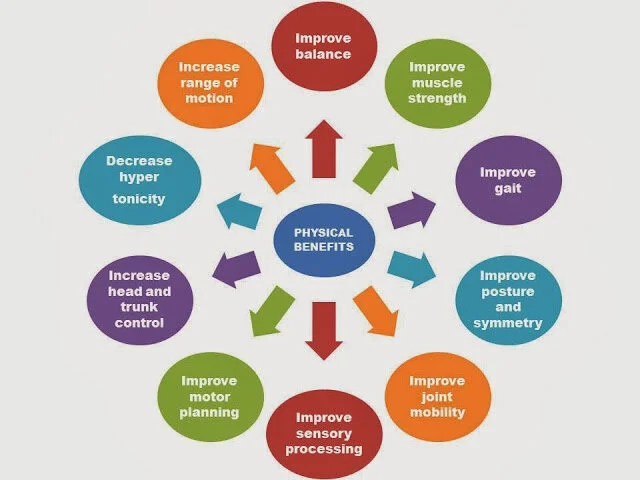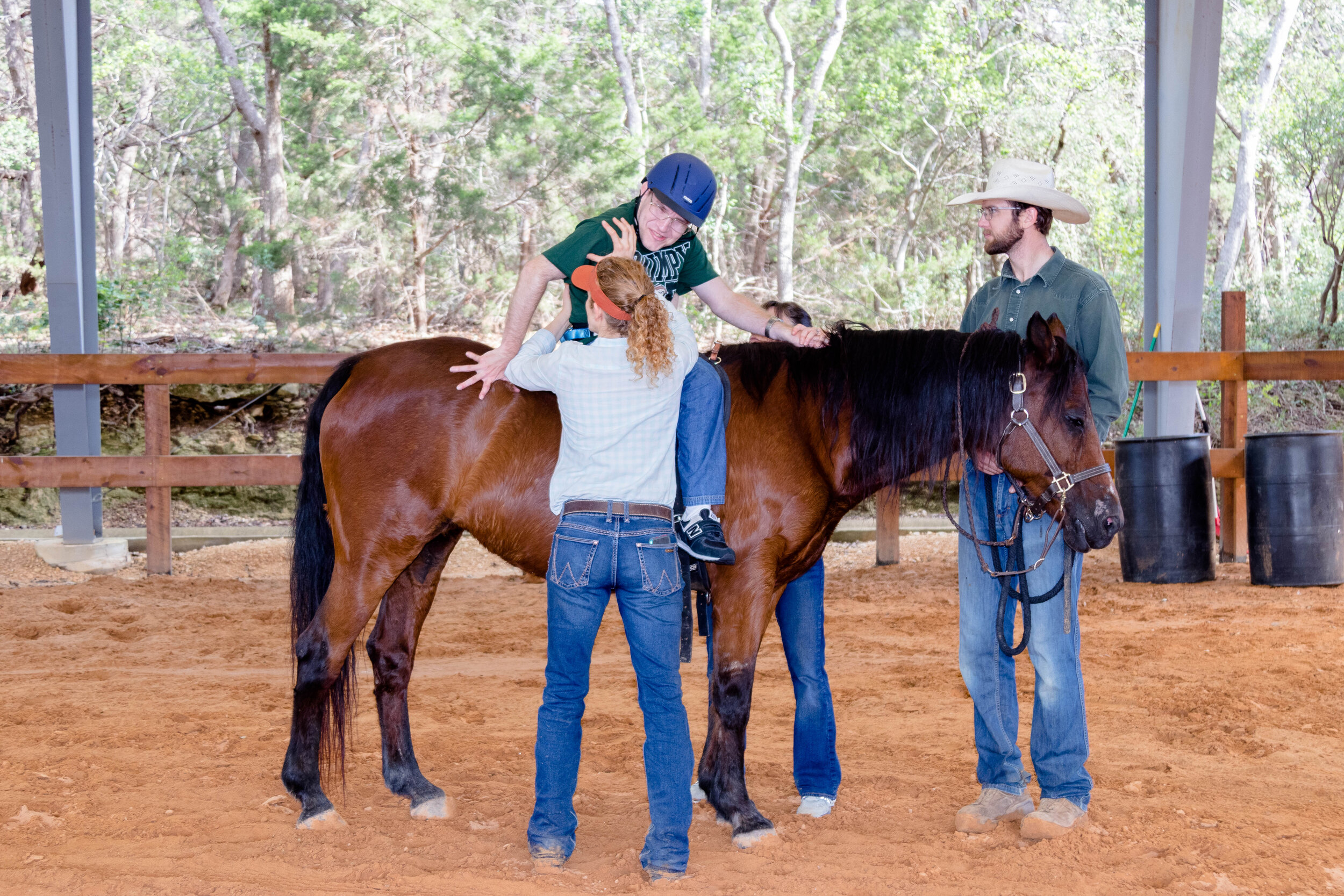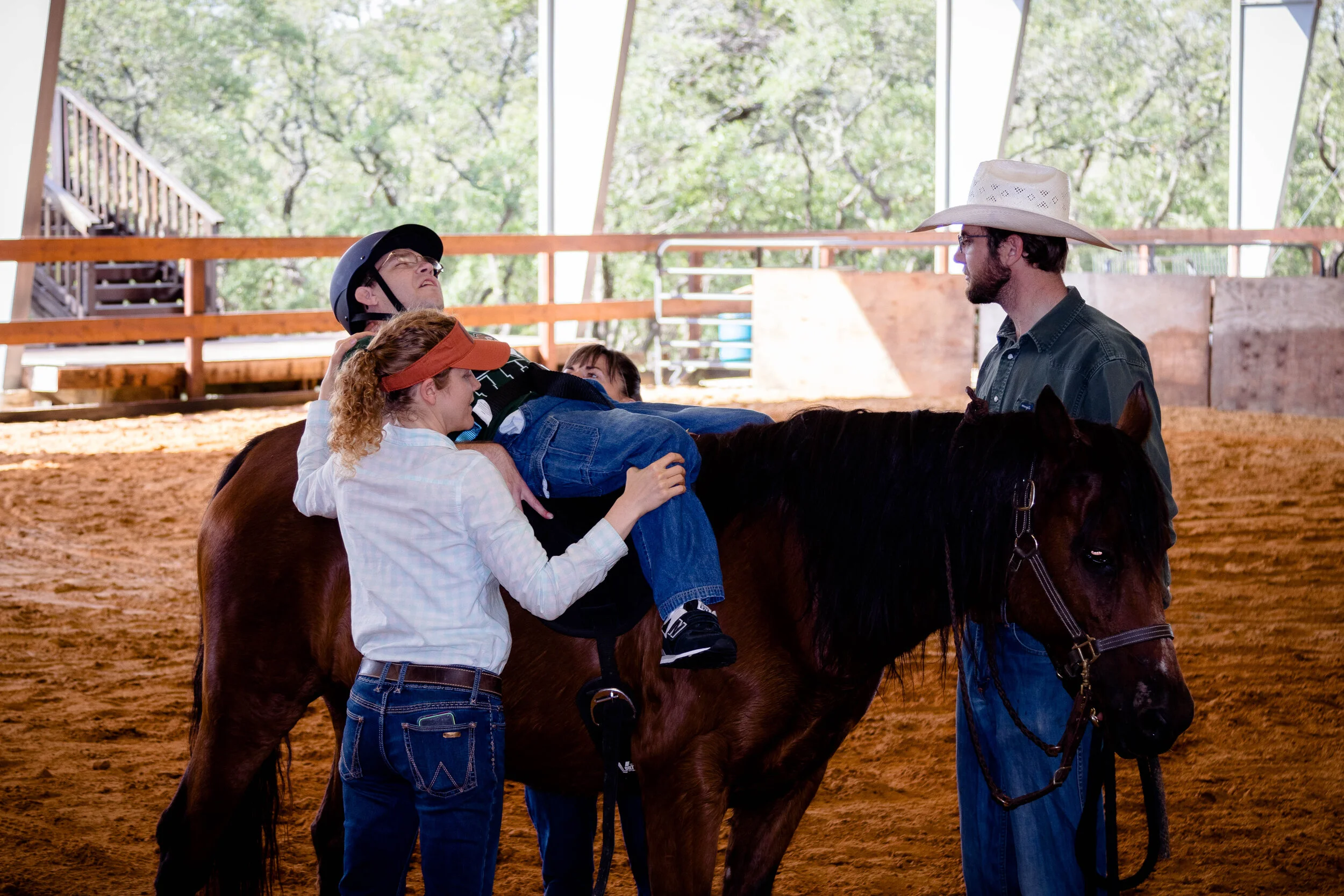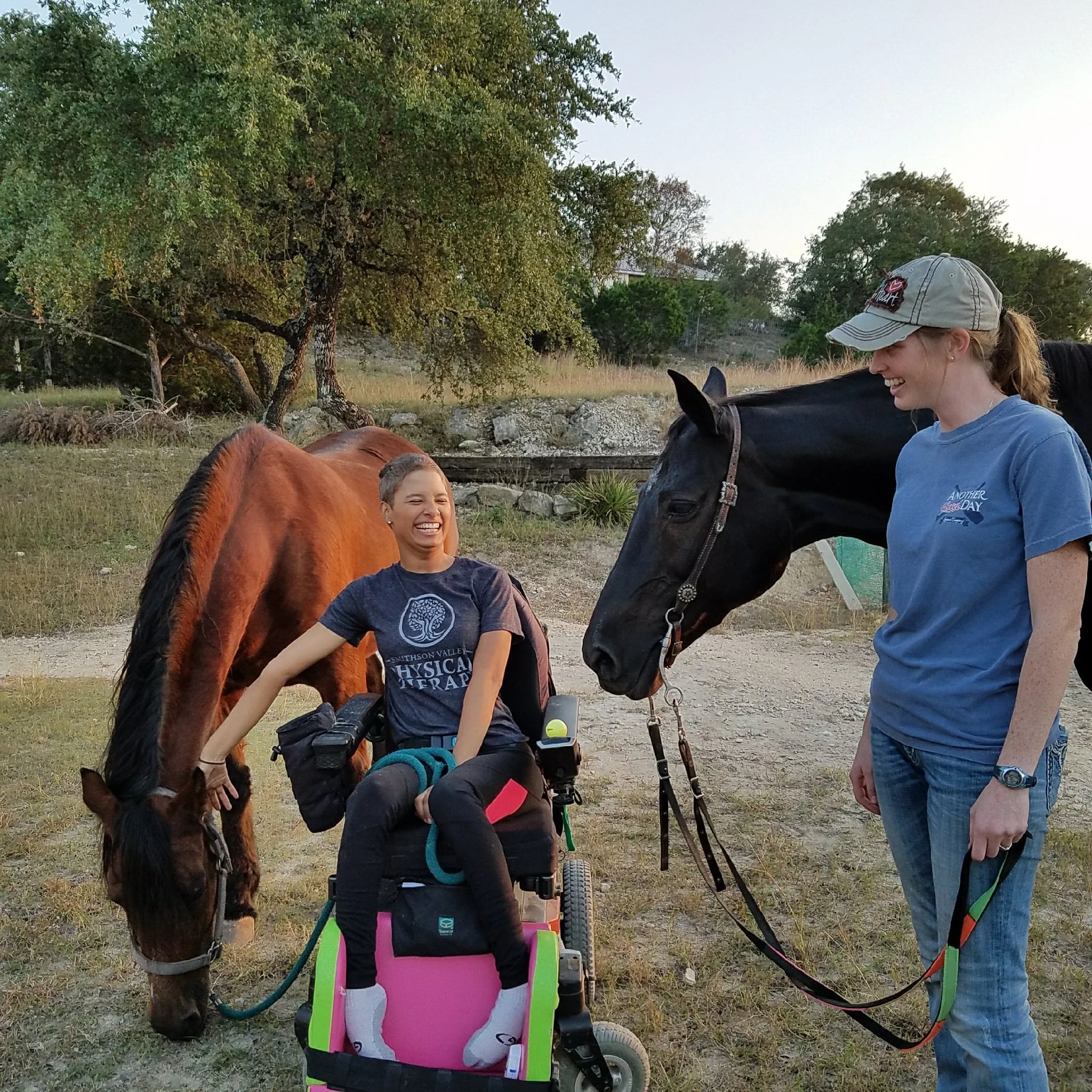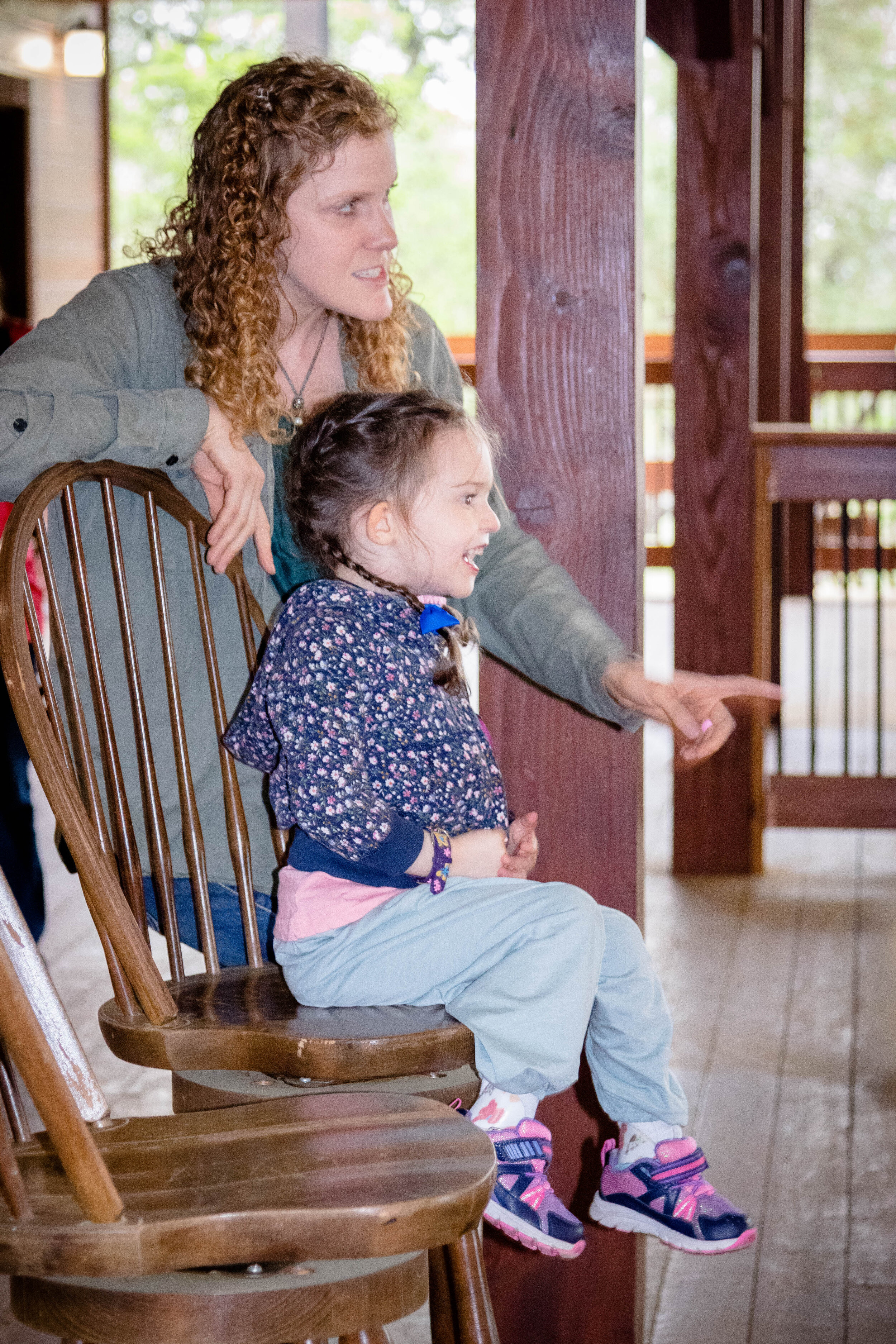Hippotherapy
Hippotherapy, deriving its name from the Greek word for horse (“hippo”), provides physical, occupational, or speech therapies with the assistance of equine movement. Hope Reins offers hippotherapy provided by Jessica Porter, Doctor of Physical Therapy.
Within the use of hippotherapy, and specifically the use of physical therapies on horseback, the therapist is able to use the horse’s dynamic movements as a tool to benefit the patient and achieve therapy goals. For example, movements of the horse simulate the movement of a human’s pelvis when walking, thereby training the rider’s body to move in a correct and natural way. Our staff at Hope Reins have many times seen riders who have walking challenges move with ease after a therapy session. The up-and-down, back-and-forth, and side-to-side movements also stimulate a rider’s nervous system, and assist in learning or re-learning specific physical activities. This stimulation is also beneficial in the use of occupational and speech hippotherapies.
When a therapist plans a session, the equine’s confirmation is evaluated in conjunction with the client’s needs. Details such as the horse’s body width, the horse’s gait, and the horse’s pace are all considerations that can effect the outcome of a client’s therapy.
Fig. 1, SA Hippotherapy; “Benefits of Hippotherapy”; 12 Dec., 2013, http://sahippotherapy.blogspot.com/2013/12/benefits-of-hippotherapy_12.html, Web.
Fig. 2, SA Hippotherapy; “Benefits of Hippotherapy”; 12 Dec., 2013, http://sahippotherapy.blogspot.com/2013/12/benefits-of-hippotherapy_12.html, Web.


